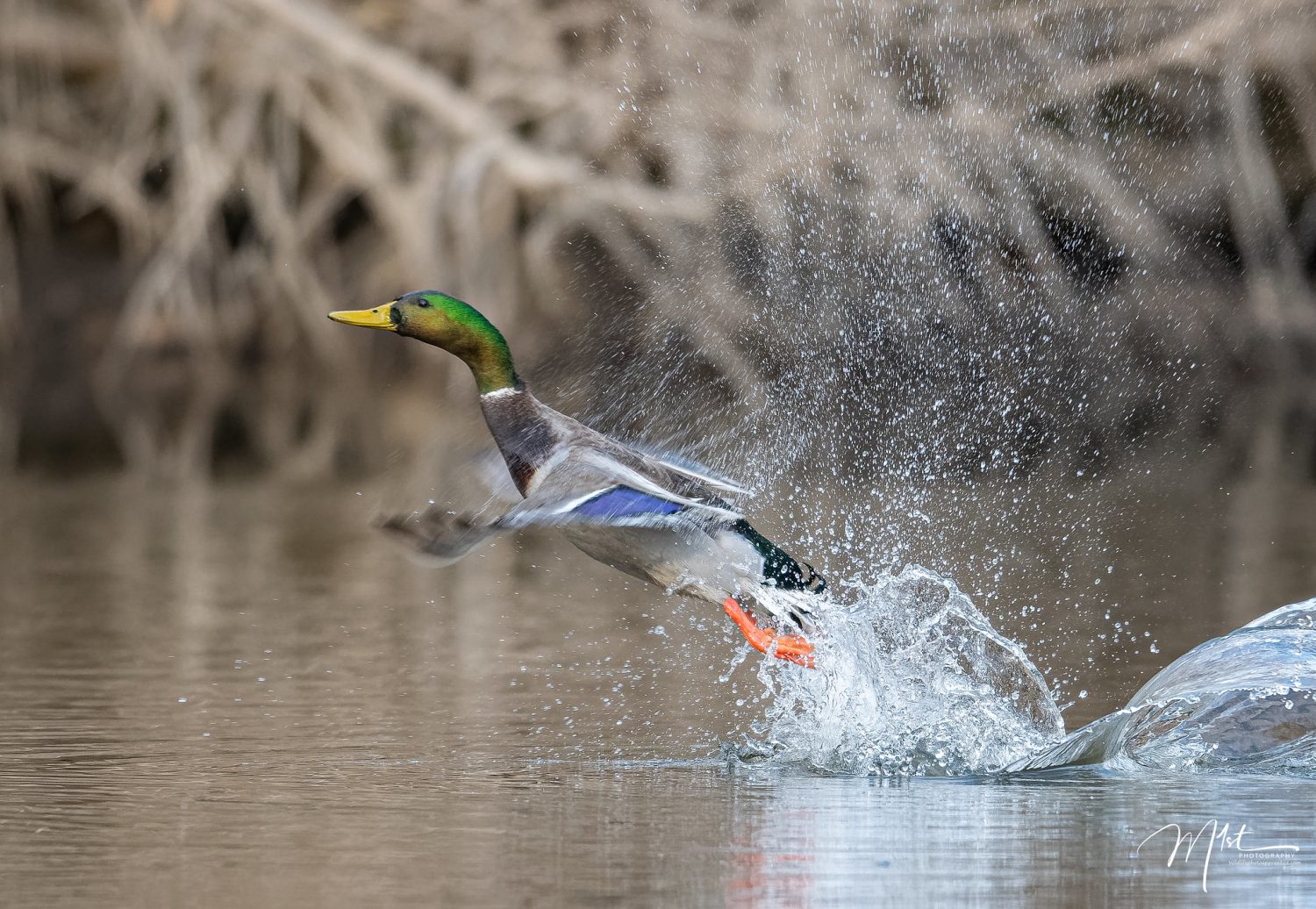Keeping your ducks in a row is an old expression for sure but some expressions remain useful and are timeless. Photographing wildlife is complex and involves a process with many individual steps or “ducks” to keep in sequence if you want to achieve the best outcome. Most people who haven’t tried wildlife photography before think you just walk out the front door, take a photo of an animal, and put it online, perhaps because these days with smartphones that’s exactly how most photographs are taken. Those of us who photograph wildlife regularly for business or pleasure know it’s a bit more complicated than that. To produce your average random wildlife photo you could just depend on getting lucky once in a while but to produce good quality wildlife photos consistently, they have to be preceded by a significant amount of study and preparation, as well as a multistep post-processing routine. Photographing Ducks is fun and is a good way to illustrate the multiple steps that are involved. Lets’ take a look at how I like to keep my ducks in a row while photographing ducks.


